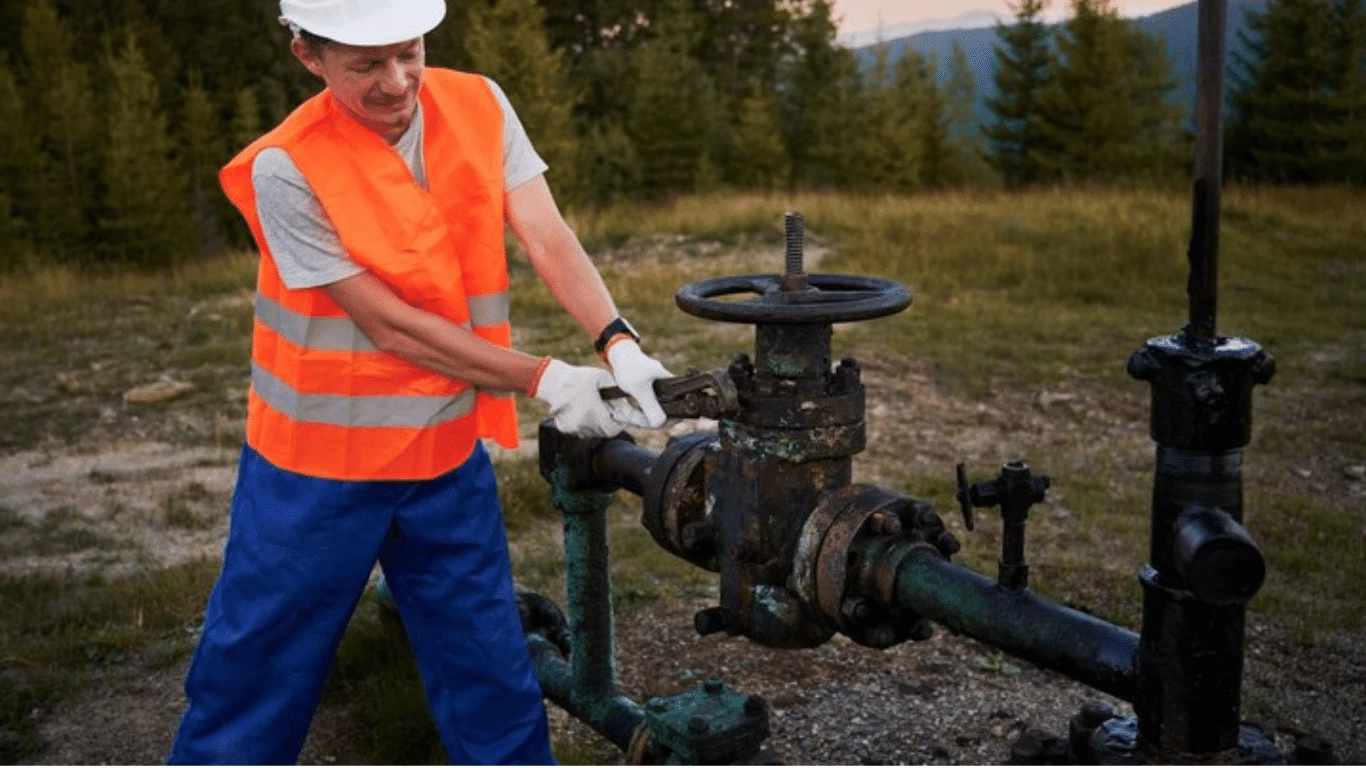Ever wonder why some properties can have a water well and others can’t? It’s not luck—it’s underground geography quietly calling the shots. Beneath your feet is a whole world of rock layers, soil types, and hidden water pathways that decide whether a well is even possible.
Most of this is invisible from the surface, which is why people are often surprised when a drilling team says “yes” or “no” to a location. The truth is, the land has its own rules. Some areas hold deep, steady water sources, while others sit on solid rock or dry zones that just won’t support a well.
Understanding this hidden geography can save you time, money, and frustration. It’s the real reason some wells thrive for decades while others struggle from day one.
How does underground geography determine the placement of water wells?
Underground geography determines where water wells can be placed because the layers of soil, rock, and groundwater flow beneath the surface directly influence access to clean, sustainable water. A well can only succeed where the right geological conditions exist.
Aquifers—permeable rock or sediment layers that hold groundwater—are the most important factor. These formations must be deep enough, thick enough, and free from contamination to supply water reliably.
Areas with dense bedrock, clay, or impermeable soil limit water movement, making drilling difficult or unproductive. The slope of the land, fault lines, and the direction of groundwater flow also determine how water accumulates and moves underground.
In addition, geological surveys and hydrological studies help identify the most promising drilling sites by mapping subsurface structures and water-bearing zones. A skilled well contractor uses this data to avoid dry holes, saltwater intrusion, or contamination risks.
Underground geography shapes every aspect of well placement—from how deep to drill to how much water can be drawn. Understanding what lies beneath the surface ensures that wells are efficient, long-lasting, and capable of providing clean water year-round.
What natural factors prevent a well from being built in certain areas?
Several natural factors can prevent a well from being built or make it unproductive once drilled. Because wells rely on groundwater stored in specific geological formations, anything that limits water availability or access can affect placement and success. Here are the main natural factors that interfere with well construction:
- Lack of groundwater: Areas without a sufficient aquifer or with groundwater levels too deep make it impossible to access a sustainable water source.
- Impermeable rock layers: Dense materials like granite or clay prevent water from seeping through, blocking access to underground water.
- Poor soil composition: Sandy or unstable soils can collapse during drilling, making the process unsafe or ineffective.
- Topography: Elevated terrain or steep slopes may lack accessible groundwater or lead to surface runoff rather than absorption.
- Contamination risks: Proximity to saltwater, mineral deposits, or polluted groundwater zones can make water unsafe for consumption.
- Low recharge rates: Regions with little rainfall or poor infiltration can’t replenish aquifers fast enough for a reliable well.
- Seismic or geological instability: Fault lines and shifting rock formations increase drilling risks and threaten long-term well integrity.
Understanding these natural limitations helps determine whether a well site is viable, safe, and sustainable.
Why do some regions have more successful well drilling than others?
Some regions have more successful well drilling than others because of differences in their underground geology, climate, and water availability. The success of a well depends on how easily groundwater can be accessed and replenished, which varies widely from one area to another.
Regions with abundant aquifers—large, porous rock or sand layers that store water—tend to produce strong, reliable wells. These areas often have permeable soils, such as sand or gravel, that allow rainwater to filter down and refill underground reserves. In contrast, regions with dense bedrock, clay layers, or fractured geology may restrict water flow, making it difficult to locate or sustain a productive well.
Climate also plays a major role. Areas with steady rainfall and good drainage replenish groundwater more consistently, while arid regions face declining water tables and limited recharge. Additionally, elevation and topography affect groundwater depth—flat, low-lying areas often have shallower water tables, while higher elevations require deeper drilling.
In essence, successful well drilling depends on the right combination of geology, soil type, and climate. Understanding these regional differences allows well specialists to pinpoint the most promising sites for reliable, long-term water access.
How do soil and rock layers affect the ability to find groundwater?
Soil and rock layers play a major role in determining where groundwater can be found and how easily it can be accessed. Groundwater doesn’t exist in vast underground lakes—it’s stored within the spaces between soil particles and rock formations. The composition, texture, and arrangement of these layers decide how much water can collect, move, and be extracted.
Permeable materials, such as sand, gravel, and fractured rock, allow water to flow through easily, making them ideal for groundwater storage. These layers form aquifers, which act as natural reservoirs that wells tap into. In contrast, impermeable layers, like clay, shale, or solid granite, block water movement and can trap it above or below, creating confined aquifers or dry zones.
The thickness and depth of these layers also affect well success. Shallow, thin aquifers may run dry during droughts, while deep aquifers tend to be more stable but require more drilling effort. Additionally, the layering sequence—how permeable and impermeable materials alternate—controls how groundwater accumulates and flows.
The right combination of porous soils and fractured rock layers makes groundwater accessible. Understanding these geological patterns helps well specialists locate dependable water sources efficiently and sustainably.
Discover the Science Behind Smart, Reliable Well Placement
Discover the science behind smart, reliable well placement with Well Doctor LLC. Our team uses advanced geological knowledge and cutting-edge technology to find the safest, most productive spots for your water well. We study soil composition, rock layers, and underground water flow to ensure every well we drill delivers clean, dependable water for years to come.
Whether you’re building on new land or upgrading an existing system, our experts take the guesswork out of well placement. At Well Doctor LLC, we combine precision, experience, and science to give you a reliable water source you can trust.

